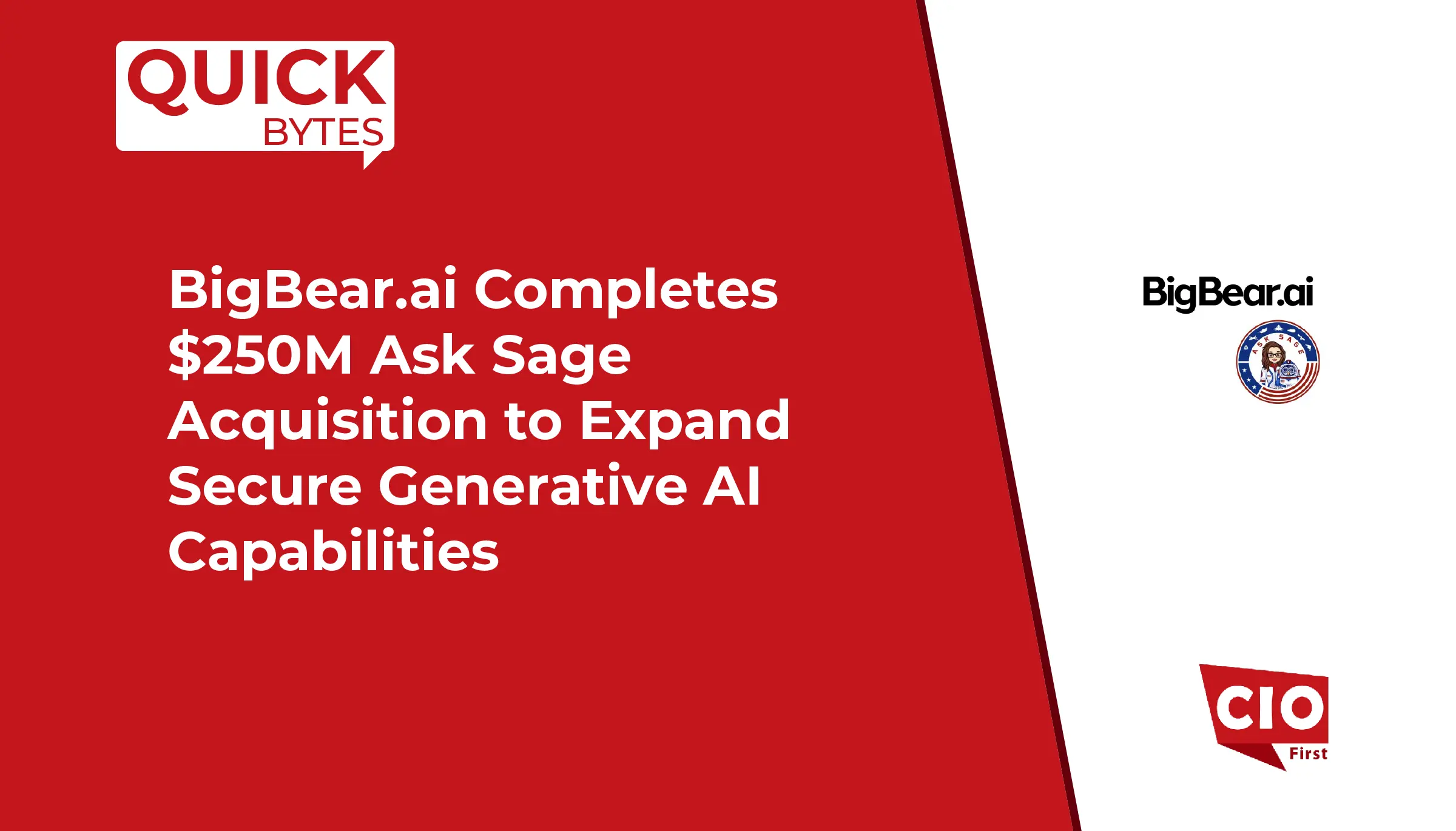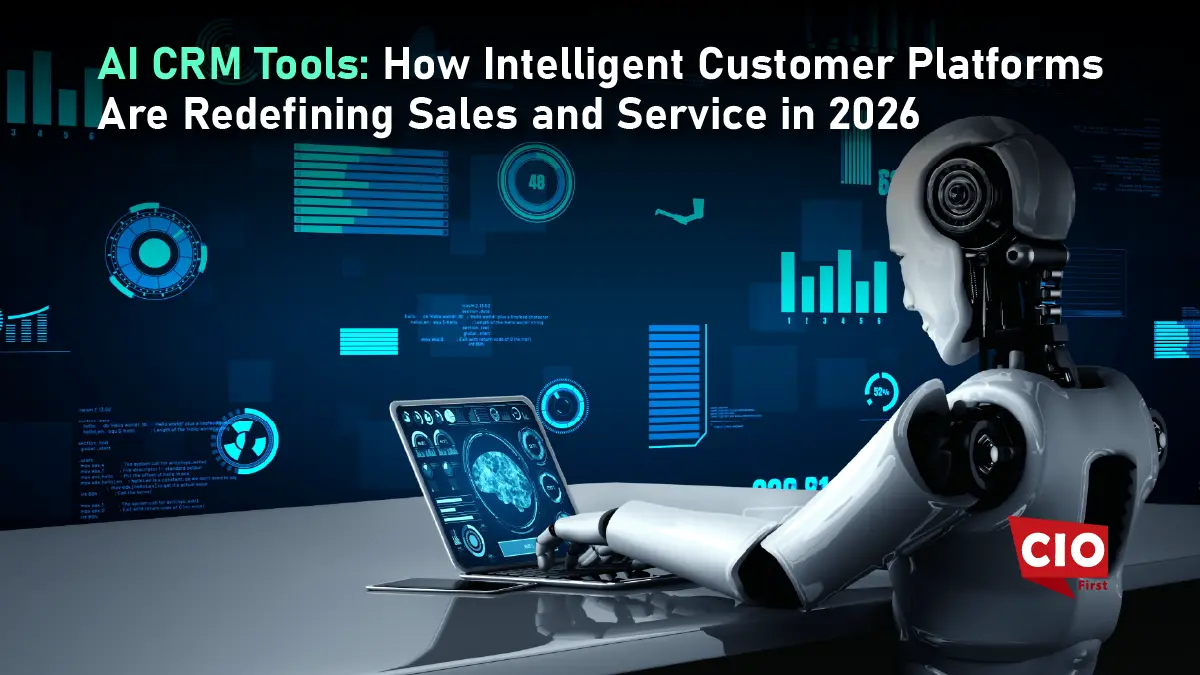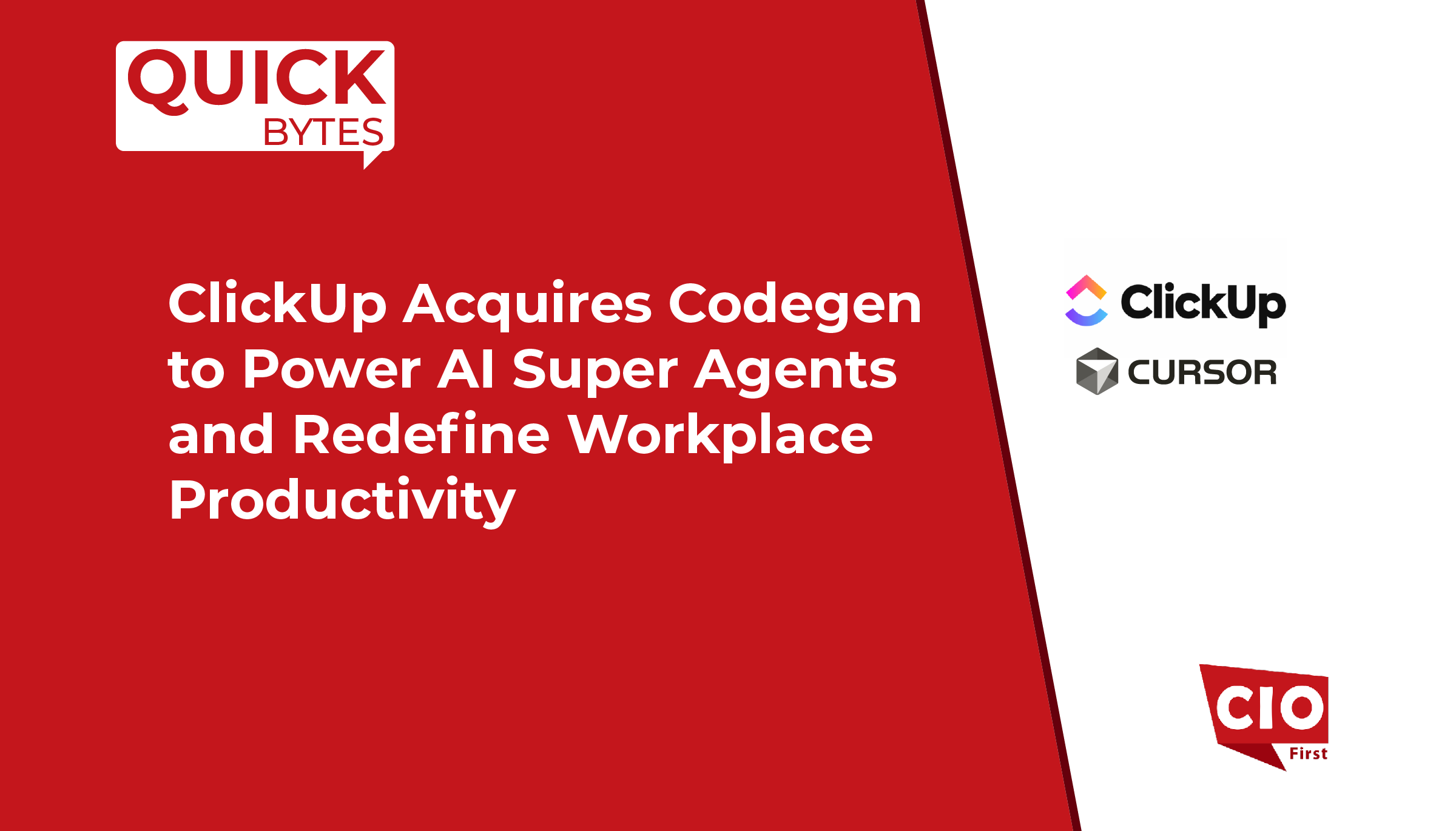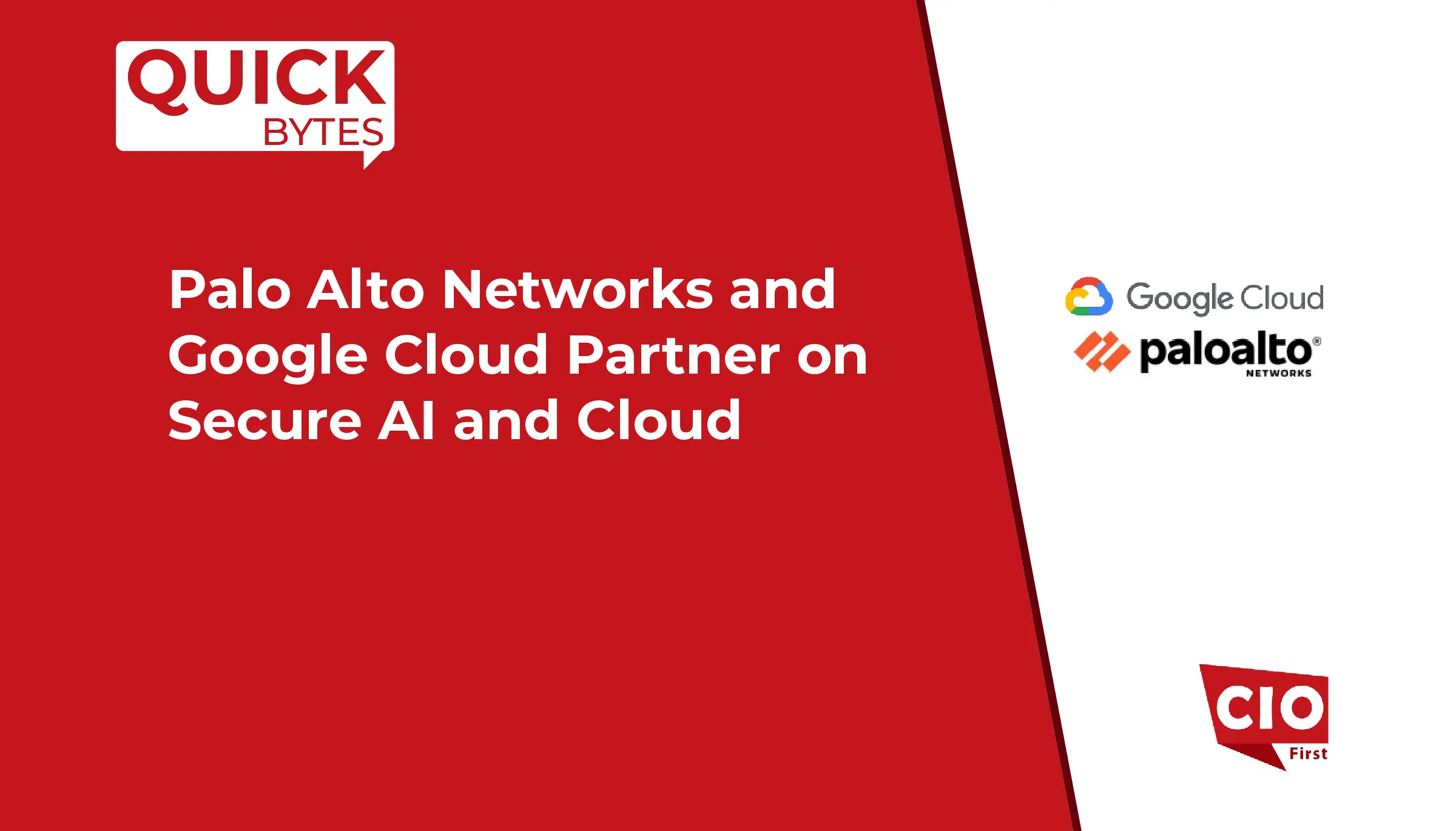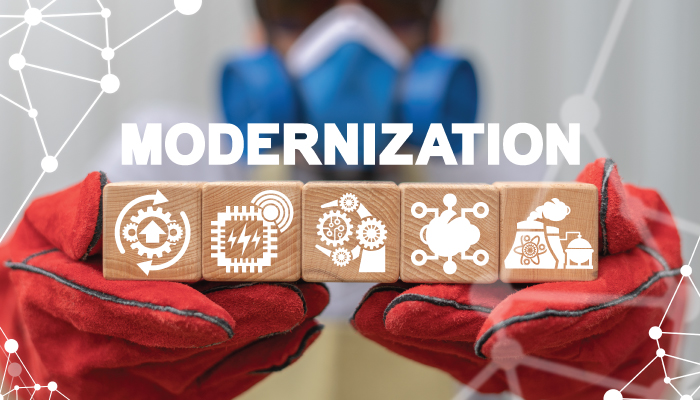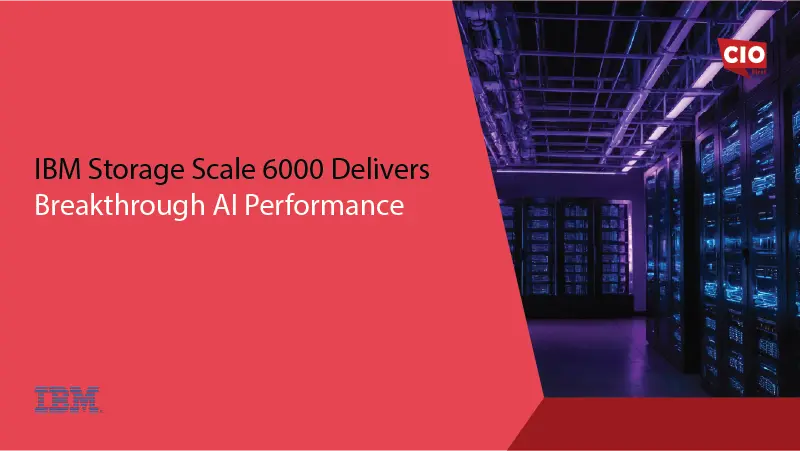Without modernization, the cloud simply involves moving from one data centre to another while dragging all the issues associated with legacy environments with it.
Cloud no longer exclusively refers to the services provided by hyperscale cloud vendors. Instead, it consists of several approaches for application development and modern infrastructure technologies. Although they can also operate in private cloud and hybrid setups, they are either begun or accelerated by the cloud. That represents a significant change from the early days of the cloud when vendors claimed that enterprise data centres were nothing more than rusting iron destined for the trash.
Also Read: Four Essential Skills Every DevOps Engineer Must Possess
Cloud service providers today promote products that offer an API-consistent version of essential public cloud services. Along with these hybrid choices, businesses are increasingly utilizing multi-cloud that support alternative vendors.
Organizations today must decide not only where but also how to operate workloads. Modernization must therefore be at the core of the cloud today.
Modernizing the Cloud
Modernization revolves around maximizing the advantages of the cloud, particularly cloud-native technologies like serverless and Kubernetes. Here are a few modernization strategies for technology leaders:
Re-platforming
This is a form of lift-and-shift. Although it is an excellent place to start, it can be the wrong place to end. If data centre expenses are too high or the cloud provider provides extra stability, moving decades-old technologies to cloud data centres may have certain advantages. However, if applications are ineffective and challenging to upgrade before re-platforming, they will also be inadequate and challenging to upgrade in the cloud. Re-platforming was often the only workable cloud strategy a few years ago. It is currently expensive and outdated. The whole modernization process will be more challenging the longer those outdated, re-platformed applications remain.
Also Read: How IT Organizations Can Foster Growth and Innovation in 2022 and Beyond
First Modernize and Then Move
Before moving, businesses can modernize. Large enterprises that adopted the cloud slowly benefit from what early adopters have learned. They are first addressing modernization rather than simply throwing their applications into the public cloud. The main emphasis is on containerizing current applications when it is feasible and developing and delivering new apps using containers, which bundle an application along with all of its dependencies. On-premises multi-cloud container platforms can often operate on all the major public clouds. Later, those containerized apps can also be modified to function on platforms for public cloud containers.
First Move and Then Modernize
Some businesses have chosen to re-platform before migrating to the cloud and modernizing with cloud services. Sometimes, that means replacing a database with a managed database service. Modernization increasingly focuses on utilizing cloud-native features to integrate serverless into apps and orchestrate containers with Kubernetes. When a small number of apps are modernized initially to serve as a success model, such projects are most successful. New tools are available for developers, and operators have the chance to reorganize into platform teams. It’s crucial to have those early experiences before tackling more challenging applications to modernize.
Adopting SaaS
Entire application categories, including human resources, are now dominated by Software as a Service. Enterprise resource planning and other large, core applications are receiving a lot of attention from SaaS providers. SaaS for such apps is becoming increasingly popular among enterprise IT departments due to its ability to free up resources previously required for time-consuming and complex updates. More SaaS will soon likely fall under the jurisdiction of IT leaders.
Rebuild Using a Custom Application
Sometimes it simply isn’t worth the time and money to modernize existing applications, however, many tools are available to help users extract the business logic from their older applications and rebuild them as containerized apps running in cloud environments. New cloud-native apps have replaced core applications that were once challenging monoliths. Low-code apps also impact this area, thanks to platforms that empower non-professional developers to respond to customer needs in the most effective way. In the rebuild scenario, resources can be used up front, but performance and experiences can be greatly improved.
It’s crucial to remember that these cloud modernization strategies are not mutually exclusive. According to their demands in a specific business unit or with a public cloud provider, many businesses pursue some of them or all of them. This reflects a growing understanding that the goal is IT modernization and that the cloud is typically the best way to do it.





